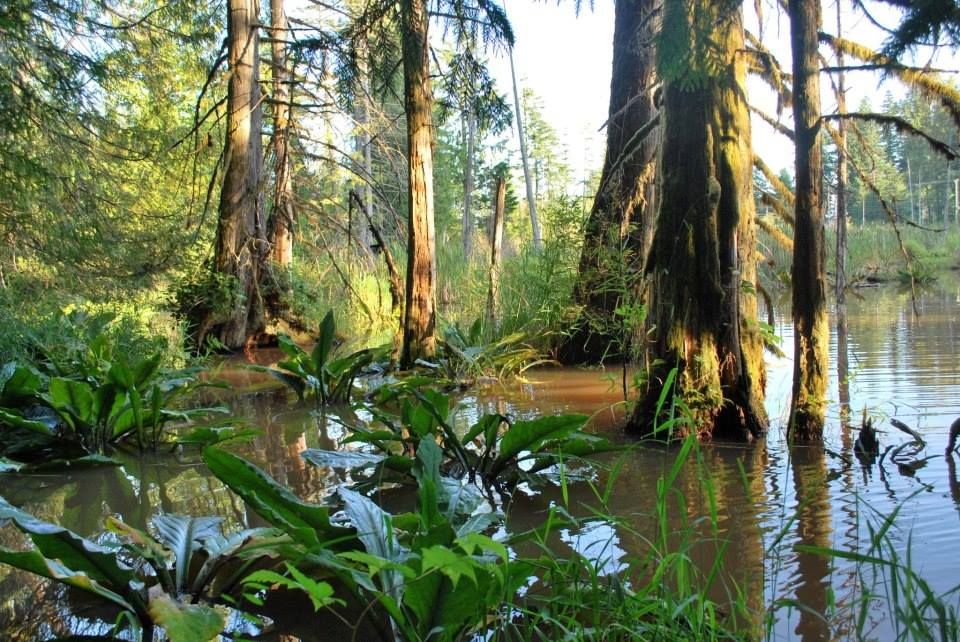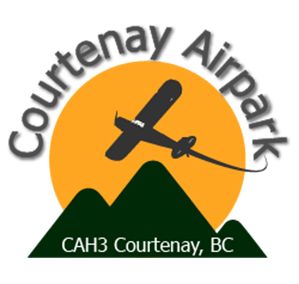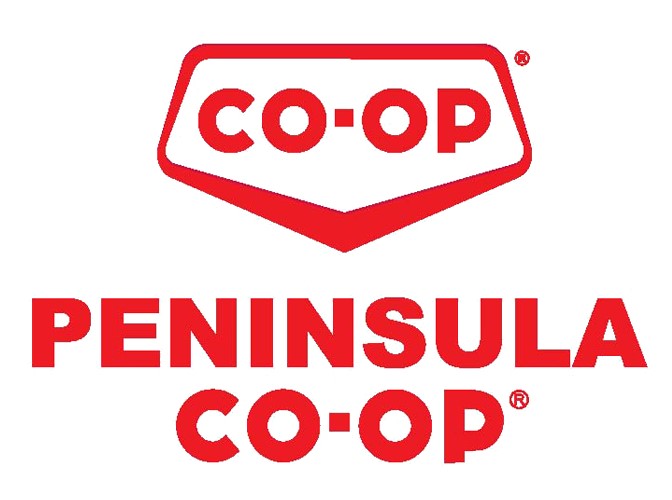Know Your Watershed Scavenger Hunt
For this scavenger hunt, you will need a computer or phone with internet access, appropriate gear for a walk outside, a notepad and pencil for any notes you may want to make, a phone or camera to capture some photos, and lots of love for your watershed! We’ll start by discovering which watershed we are in, going and exploring some of the creeks, streams, lakes or estuaries of that watershed, taking an inquisitive approach to and then sharing your experience with Project Watershed’s social media.
Step 1
What Watershed are you in?
Find Your Watershed
Head-on over to Project Watershed’s Interactive Estuary Map. Click on the Ecosystem and Restoration link. Find your residence on the map, you may need to zoom out and move the map around. Click on the map near or on your house, a pop up should appear with the name and size of your watershed. If it doesn’t, look for the blue line closest to your house and find it’s label. That will be your watershed!
If you need help using the map refer to the How to use the map video.
Find Your Watershed
Head-on over to Project Watershed’s Interactive Estuary Map. Click on the Ecosystem and Restoration link. Find your residence on the map, you may need to zoom out and move the map around. Click on the map near or on your house, a pop up should appear with the name and size of your watershed. If it doesn’t, look for the blue line closest to your house and find it’s label. That will be your watershed!
If you need help using the map refer to the How to use the map video.
Access a Map of your Watershed
If you live in one of the following watersheds: Brooklyn Creek, Millard-Piercy, Morrison Creek, Glen Urquhart, Roy Creek, or the Finlay Creek and Area watershed, go to the Maps page of our website and find the map and brochure for your watershed. The brochure will have more details about your watershed including the anthropogenic influences, the intact ecosystems, and how you can support its health. The map will show you where the surface water (i.e. lakes, streams, creeks, rivers, and oceans) is and other important features of the waterway. Take a copy of this (digital or paper) with you as you explore.
If you live in a watershed that is not listed above then you can explore it via our Interactive Estuary Map by clicking on the Ecosystem and Restoration link and locating your residence on the map. You may need to zoom out and move the map around. The left hand list is all the features you can view on the map. On the top right hand corner are links to different themed maps for your area – one is history and recreation and the other water. If you need help using the map refer to the How to use the map video.
Share and Get a Chance to Win
Post the name of your watershed on Facebook or Instagram with @cvpws and the hashtag #PWKnowYourWatershed and we will enter you in a draw where you could win a $20 gift card.
Step 2
Find Your Waterway
Find Your Watershed
Head-on over to Project Watershed’s Interactive Estuary Map. Click on the Ecosystem and Restoration link. Find your residence on the map, you may need to zoom out and move the map around. Click on the map near or on your house, a pop up should appear with the name and size of your watershed. If it doesn’t, look for the blue line closest to your house and find it’s label. That will be your watershed!
If you need help using the map refer to the How to use the map video.
Explore
Pop on your shoes and exploration gear, and let’s go exploring. Using your map, find a quick route to your waterway. Walk, bicycle, drive or bus and make your way to your stream. Remember not to cross any private property to get to your waterway. If in question, stick to locations in parks or other
public spaces. If you’d like, click on the hiking/walking trails toggle on the left side of the Interactive Estuary Map to find the walking trail closest to your watershed. Walk down to your river, creek or stream. Remember to be water safe and careful. Keep a safe distance from the river, especially if it’s been raining lately.
Bring a small bag and some gloves
It’s always great to do a quick little garbage cleanup if you see any garbage. Small actions to help our waterways really do matter!
Share and Get a Chance to Win
If you snap a photo of you and your family at the waterway and post it to Facebook or Instagram with the name of the waterway @cvpws and the hashtag #PWKnowYourWatershed, we will enter you in the draw for a $20 gift card.
Step 3
Inquiry-based Exploration
Take a look around. What do you see? Use the prompts below to do an inquiry-based look at your waterway:
- What kind of waterway are you looking at? Is it a river, lake, stream, creek, pond?
- How close is to the closest human development? Are you surrounded by forest? Or is there housing/human development nearby?
- Can you see any natural features that may be helping support a healthy watershed?
- What could be some features that might be challenging the health of the watershed?
- Are there anyways that you as an individual might help support the health of the watershed?
- Take a look at your map. Are you at a waterway with fish present? This will be denoted by a dark blue rather than light blue line.
- Can you see/find any of the other features on the map? Storm discharges? Culverts? Wetlands?
- Do you know any of the plants around? Do you see any wildlife? Birds, fish, mammals?
- If you want to identify them and you have downloaded iNaturalist, take some pictures to discover what they are.
- You can also post pictures of plants or animals you see on your scavenger hunt to Facebook or Instagram with @cvpws and the hashtag #PWKnowYourWatershed for a chance to win a $20 gift card.
- What are some natural features that might be helping this watershed be healthy? How do they help?
- What are you features that might be challenging the health of the watershed?
- Do you know any specific issues this watershed faces and ways we can work to restore it?
- What are ways you could work to help support this watershed to be healthy in the future?
- Do you know any organizations doing this work already? What are ways you can support their work?
Step 4
Find your Estuary
Find Your Watershed
Head-on over to Project Watershed’s Interactive Estuary Map. Click on the Ecosystem and Restoration link. Find your residence on the map, you may need to zoom out and move the map around. Click on the map near or on your house, a pop up should appear with the name and size of your watershed. If it doesn’t, look for the blue line closest to your house and find it’s label. That will be your watershed!
If you need help using the map refer to the How to use the map video.
Explore
Look on the map to identify where your stream eventually meets the ocean. This is an estuary. Estuaries can be big or small. The largest estuary in our area is the K’ómoks Estuary. Walk, bicycle, drive or bus and make your way to the estuary/beach where your watershed meets the ocean.
Identify
- What kind of beach is it? A sandy beach (small grains), gravel beach (larger grains and some pebble), pebbled beach (mostly pebbles and large rocks) or a rocky beach. Could forage fish lay eggs here? Forage fish are small schooling fish like herring, Pacific sand lance and surf smelt. Pacific sand lance and surf smelt lay their eggs on sandy and gravel beaches. To find out more visit our Forage Fish page.
- Try to identify the shells you find on the beach.
Share and Get a Chance to Win
Take a photo of the most interesting shell and post it and your guess at what it is to Facebook or Instagram with @cvpws and the hashtag #PWKnowYourWatershed #projectwatershed for a chance to win a $20 gift card.
Step 5
Take Action!
Find Your Watershed
Head-on over to Project Watershed’s Interactive Estuary Map. Click on the Ecosystem and Restoration link. Find your residence on the map, you may need to zoom out and move the map around. Click on the map near or on your house, a pop up should appear with the name and size of your watershed. If it doesn’t, look for the blue line closest to your house and find it’s label. That will be your watershed!
If you need help using the map refer to the How to use the map video.
Make a resolution
Make a resolution to use your individual capacity to support the health of your watershed. Maybe it’s using less harsh chemicals in your home? Maybe it’s using your car less or using copper-free break pads? Maybe you’ll plant some trees and volunteer with an organization going forward? All these are great options but there are so many ways you can make small changes to support healthier future ecosystems
Share and Get a Chance to Win
We would love to hear the ways that you’ll take action to support healthy watersheds in our communities! If you post it to Facebook or Instagram with @cvpws and the hashtag #PWKnowYourWatershed for a chance to win a $20 gift card.
Thank you for participating in our scavenger hunt. We hope you had fun and learned a few things on the way!
Related Posts
Gwen Janz
Meet our new Forage Fish Lead Biologist!
Eelgrass Update
In the fall our restoration team surveyed the three eelgrass beds which were planted with the help of our volunteers back in June. The beds are looking healthy!
Kus-kus-sum: End of Season Wrap-up
Now that we have put the Kus-kus-sum site to bed for the winter, we wanted to give you all a little update on how things progressed this season – lots happened!
Kate McKeown
Meet our new Forage Fish Technician!
Greenshores at Dyke Road Park – Reimagining a Park
On September 20 and 21, over 20 people were on site to help with planting at the Comox Valley Regional District’s (CVRD) Dyke Road Park redevelopment project.
Gartley Beach Green Shores for Homes Project
Project Watershed is teaming up with the CVRD and the Stewardship Centre for BC to do some shoreline restoration at Gartley Beach in Royston.






